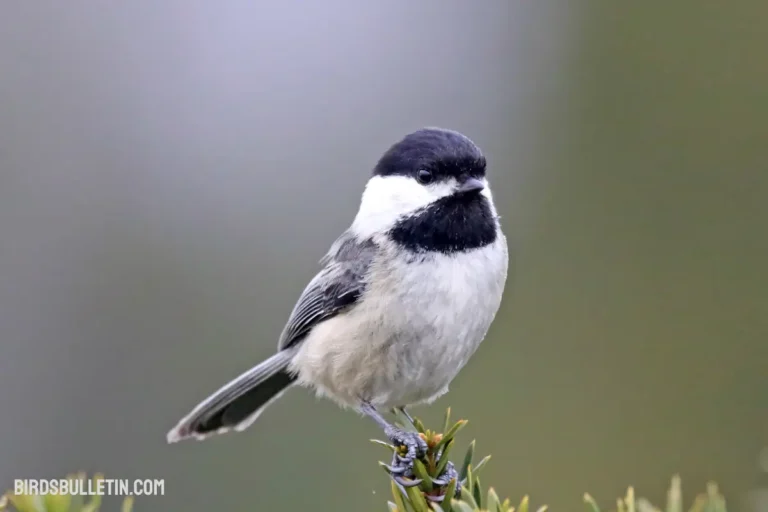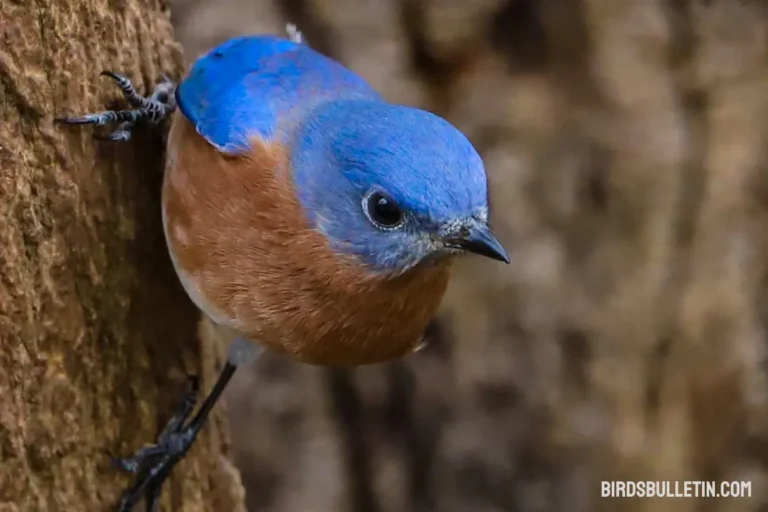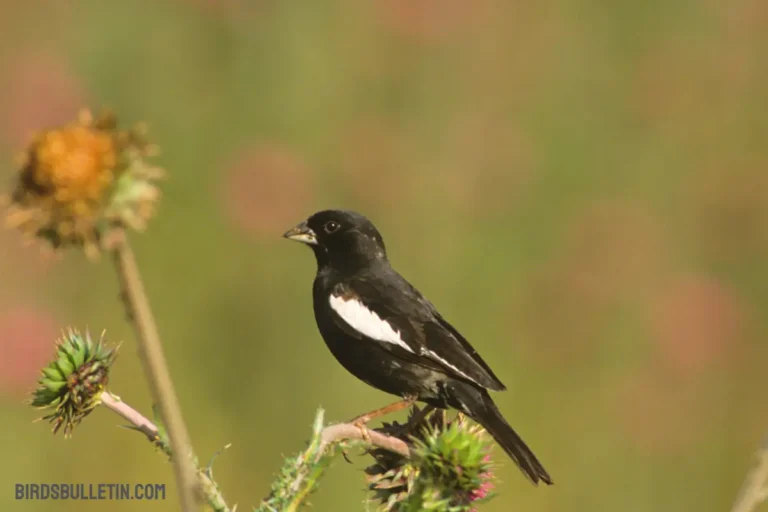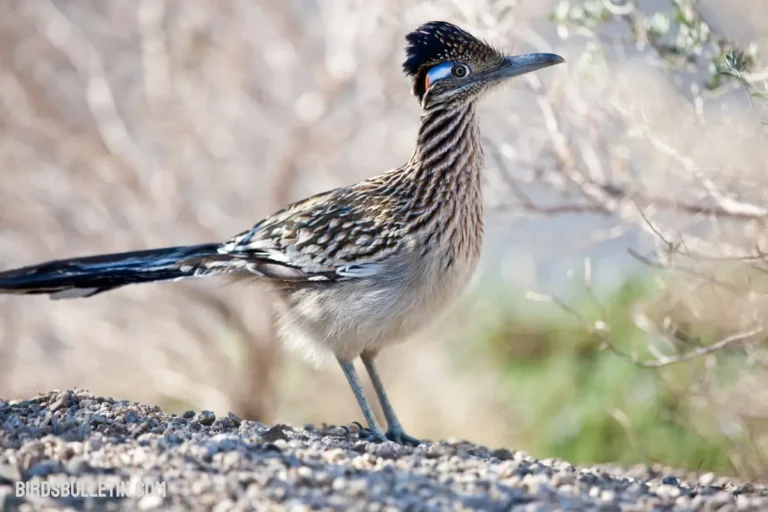The Wood Duck: Colorful Forest Waterfowl
Known for vibrant plumage and a characteristic squealing call, the wood duck (Aix sponsa) remains one of the most ornate waterfowl species found across eastern North American woodlands.
Early European settlers dubbed them “wood ducks” for their affinity for forested wetland habitats. Today they stand out as one of the most recognizable and beloved ducks of the continent.
Identification Step-by-Step
Identifying Wood Ducks involves paying attention to individual features in their plumage, size, and behavior. Here’s a step-by-step guide for their identification:

Coloration:
- Male: During the breeding season, males have striking and vibrant plumage. Look for iridescent green and purple heads with distinctive white markings, red eyes, and a distinctive white throat with finger-like extensions.
- Female: Females have more subdued colors with a mottled brown appearance, a white eye ring, and a distinctive white throat.
Crest: Both males and females have a prominent crested head. The male’s crest is more pronounced and colorful.
Eye Markings:
- Males typically have red eyes and distinctive white markings around their eyes.
- Females have a distinct white eye ring.
Body Markings: Look for bold iridescent patches on the wings, known as speculum. In males, this is often iridescent green, while in females, it tends to be a bluish color.
Size: Wood Ducks are medium-sized ducks with a compact body. They typically measure between 19 to 21 inches (47 to 57 cm) in length.
Wingspan: Their wingspan ranges from 26 to 29 inches (66 to 74 cm).
Vocalizations: Listen for their vocalizations. Wood Ducks make peculiar whistling calls, with males producing a high, rising “jeeee” sound.
Wood Duck Profile
| Characteristic | Details |
|---|---|
| Scientific Name | Aix sponsa |
| Alternative Name | Woodies, Swamp ducks, Acorn ducks. |
| Color | Striking iridescent plumage; males have vibrant colors; females are more subdued |
| Size | Approximately 19 to 21 inches (47 to 54 cm) in length |
| Wingspan | Around 26 to 29 inches (66 to 74 cm) |
| Weight | 16.0–30.4 oz (454–862 grams) |
| Lifespan | Average 4 years in the wild, recorded 22 years old |
| Breeding Season | Wood ducks nest from late January to early May, peaking in April. |
| Lay Eggs | Clutches of 7 to 15 eggs, laid in tree cavities or nest boxes near water |
| Diet and Prey | Omnivorous diet; eats aquatic plants, seeds, fruits, insects, and small aquatic invertebrates |
| Threats and Predators | Predators include raccoons, snakes, and birds of prey; threats include habitat loss and pollution |
| Locations | Found in North America; habitats include wooded swamps, lakes, ponds, and marshes |
State Bird And Symbol
In 1974, Mississippi declared the Wood Duck its official state waterfowl. The wood duck appears on the official lists of protected game bird species for states across the eastern U.S. and was found breeding. its beauty also graces the Federal Duck Stamp required for waterfowl hunting.
Subspecies Of Wood Duck
No designated wood duck subspecies currently exist. Some minor variations occur across their range but most authorities consider the population relatively uniform genetically and morphologically.
Nesting
Wood ducks utilize tree cavities near swamps, beaver ponds, and wooded creeks as nest sites. Females line cavity floors with soft down plucked from their breasts. In a single year, females may produce eggs in multiple nests attended by different males.
The female wood duck lays 5–15 creamy white eggs that incubate for 25–37 days before hatching. Ducklings leap from heights of 4–50 ft to reach the ground soon after hatching. The female broods and defends young that fledge at about 60 days old.
Habits
Wood ducks dabble and probe through shallow wetland floors for plant foods like acorns as well as aquatic invertebrates. Perching frequently, they pluck fruits and acorns from overhanging branches.
Their ability to utilize wooded swamps and tiny forest streams expands available habitat beyond open marshes. During the daytime, they socialize in small flocks while roosting solitarily at night.
Population
Recent data shows approximately 1 million wood ducks inhabiting the Atlantic Flyway as of August 2022. Moreover, the ongoing Breeding Bird Survey (BBS) suggests wood duck populations within the Mississippi Flyway continue to expand at a steady annual growth rate of about 1.5%.
Migration
Northern populations migrate south for winter while southern flocks may remain in residence year-round.
Their travels loosely follow the Mississippi and Atlantic Flyways from woodland wetlands in southern Canada down throughout the southeastern U.S. into Mexico and Central America.
Behavior
The behavior of Wood Ducks (Aix sponsa) is characterized by unique traits and adaptations that set them apart. Here are key aspects of Wood Duck behavior:
Courtship Displays:
During the breeding season, males engage in elaborate courtship displays to attract females. This includes head-bobbing, wing-flapping, and showing off their vibrant plumage.
Social Structure:
Wood Ducks are social birds and are often seen in pairs or small family groups. They are known to form loose colonies during the breeding season.
Feeding Behavior:
Wood Ducks are omnivorous and have a varied diet. They feed on aquatic plants, seeds, fruits, insects, and small aquatic invertebrates. They are dabbling ducks, meaning they tip forward in the water to feed.
Preference for Wooded Wetlands:
Wood Ducks are commonly found in wooded wetlands, swamps, lakes, ponds, and slow-flowing rivers. They prefer habitats with ample vegetation and trees for nesting.
Interhuman Connection
Beyond appreciation for their aesthetics, wood ducks offer special bonds through:
- Featured in First Nations myths and tribal artworks
- State duck symbolizing forest wetlands
- Key subject for carved decoys and waterfowl artwork
- Water quality indicators
- Tourism and wildlife viewing popularity
- Hunters depend on sustainable population densities
Conservation Status
Once overhunted and lacking nest sites, wood ducks rebounded after a 1910 hunting ban and widespread nest box initiatives. Their adaptable forest habitat preferences foster continued thriving populations of Least Concern status.
Legal Protections
The Migratory Bird Treaty Act prevents the destruction of nests and juveniles. Regulated hunting allows sustainable harvests while duck stamp sales fund wetlands. Additional local protections ensure nesting tranquility.
Frequently Asked Questions
01. How do baby wood ducks leave their tree nests safely?
Wood ducklings can leap up to several stories down from cavity nests to the forest floor without injuring themselves thanks to light bones, fluffy down coating their impact, and innate skill sensing optimal jumping range.
02. What makes wood ducks different from mallards?
While mallards thrive in open marshes, wood ducks occupy small forest streams thanks to their ability to navigate dense woods and perch in trees. Their acorn diet also contrasts mallards’ heavier reliance on aquatic plants and invertebrates.
03. Where do Wood Ducks Nest?
Wood Ducks are cavity nesters and typically nest in tree hollows. However, they readily use man-made nest boxes. The female selects the nesting site, often choosing a secluded tree cavity or a well-designed nest box near water.
Final Word
The wood duck’s resilience through past exploitation to its current thriving status sets them apart as a conservation success symbol. Safeguarding the isolated backwater forests, they call home allows these flamboyantly-patterned waterfowl ambassadors to display their distinctive beauty for generations to come.
References
- Ducks Unlimited. Wood Duck Life History. https://www.ducks.org/hunting/waterfowl-id/wood-duck
- Cornell Lab of Ornithology. Wood Duck Identification. https://www.allaboutbirds.org/guide/Wood_Duck/id
- Hepp, G. R. and Folk, T. H. (2013). Waterfowl ecology and management. Department of Wildlife, Fisheries and Aquaculture, Mississippi State University.







